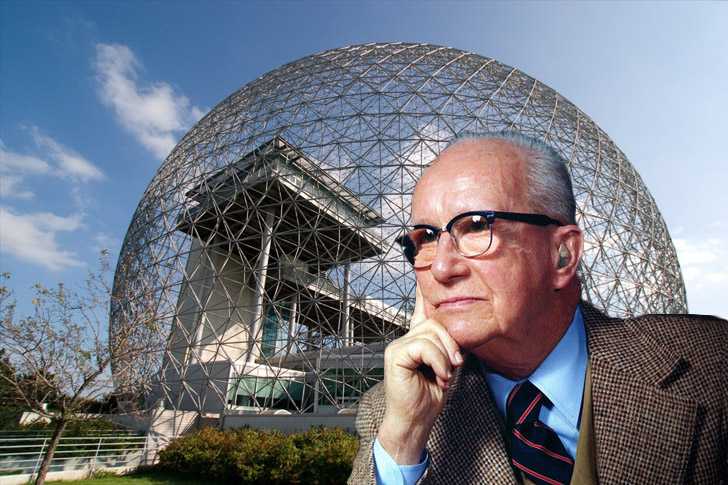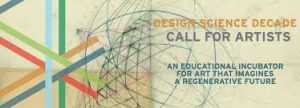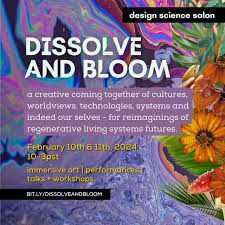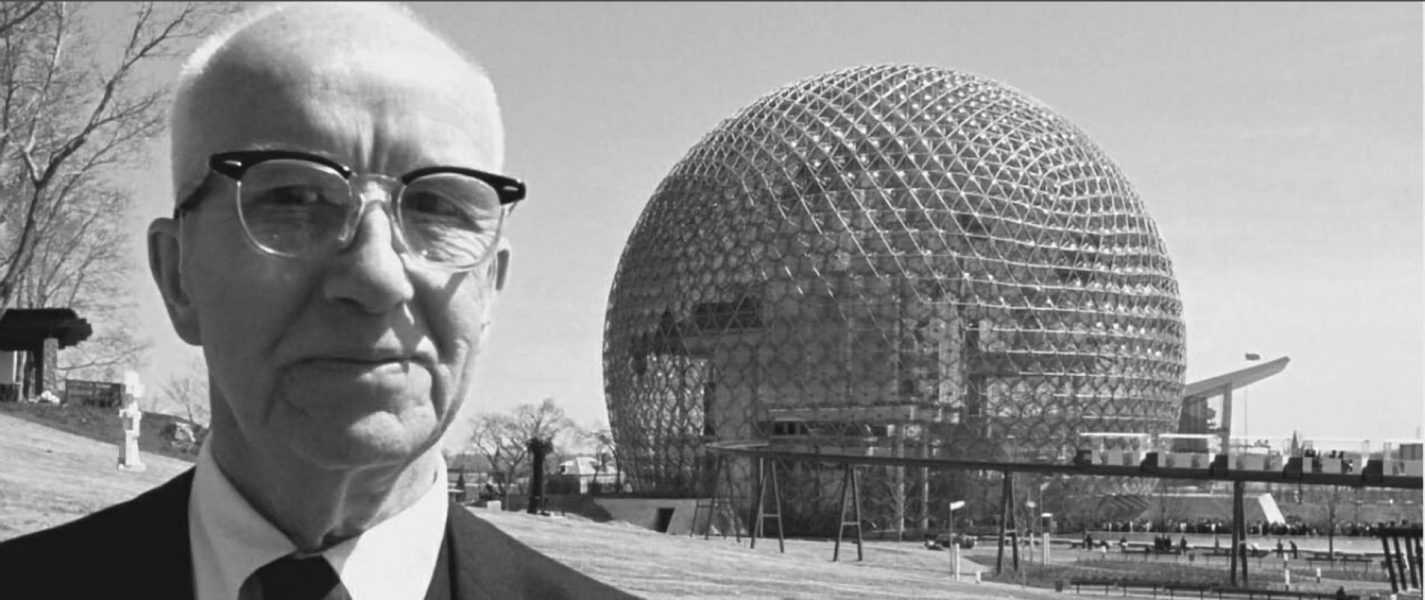“You never change things by fighting the existing reality. To change something, build a new model that makes the existing model obsolete.” — R. Buckminster Fuller
Among many of R. Buckminster Fuller’s inventions (totaling 28 US Patents), the geodesic dome is considered one of his most innovative inventions. Affectionally, called Bucky by many of his evangelists, Fuller was an American visionary without boundaries. Fuller embodied a way of thinking and design approach that he called Comprehensive, Anticipatory Design Science.
A humanitarian with the idealistic goal of making the world work for 100% of humanity, Fuller sought to create a structure that would cover the largest amount of space using the least amount of material. When seeking answers to complex problems, ‘Bucky’ Fuller approached research questions from a whole systems viewpoint rather than a linear, fragmented perspective. He would ask, “What are the resources?” “How can we ever do so without ever advantaging one human at the expense of another?”

“ I did not set out to design a geodesic dome, I set out to discover the principles operative in the Universe. For all I knew, this could have led to a pair of flying slippers.” — R. Buckminster Fuller
What is a Comprehensive, Anticipatory Design Science Approach?
Buckminster Fuller called his whole-systems strategy “comprehensive anticipatory design science… the effective application of the principles of science to the conscious design of our total environment in order to help make the Earth’s finite resources meet the needs of all humanity without disrupting the ecological process of the planet.”
In order to unlock the meaning of Fuller’s whole systems approach, the key is to appreciate that each word entrains to a greater meaning:
- Comprehensive invites us to start with the whole problem and work toward a more specific solution ‒ to practice what’s called whole systems thinking.
- Anticipatory means to understand current challenges and trends shaping our future ‒ to envision the best possible outcome.
- Design is the process of imagining and planning systems and components ‒ the act of invention.
- Science implies the pursuit and application of knowledge and understanding to problem-solving.
What is Design Science?
Design Science uses the latest technology to heal our ecology, empowering humans to live in balance with Nature. Buckminster Fuller’s Design Science approach is an integrated discipline beginning with a few underlying assumptions about the world ‒ that every individual is an integral part of the universe and a participant in its evolution.
Fuller maintained a lifelong moral commitment to finding solutions that work for the benefit of all life. Fundamental to that premise, is an understanding of the interdependence that humans have with each other and their environment ‒ an understanding of what it means to be ecologically responsible.
An ecologically responsible problem-solving design strategy considers long-term impacts. It must be feasible, verifiable, replicable and able to withstand practical testing.
Another of Fuller’s Design Science approaches is based on the principles of designing out waste and keeping reusable materials in what’s called a circular economy. He summed it up as “Recirculation is Regenerative” ‒ an approach to organizing and recycling resources in such a way that’s beneficial to all life. For example: Assuming that we have the option to make it, Fuller proposed that there are enough resources for everyone to enjoy a high quality of life.
What is the Design Science Decade ‒ 2020 to 2030?
“The future is a choice between Utopia and oblivion.” — R. Buckminster Fuller

As we look around at crumbling old world paradigms that no longer serve the greater good, astute observers take note that we are in a critical time in earth’s history where the survival of the human species is in delicate equilibrium.
In Fuller’s words, “The clutch is in, will we shift up or down? It’s Utopia or Oblivion.”

Epitaph on Fuller’s gravesite in Cambridge, Massachusetts reads “Call me trimtab.”
Note: (A trimtab is a small mini-rudder attached to the trailing edge of the larger rudder of a ship. When the captain steers the ship in a new direction, the very first thing to move is the trimtab, which exerts enough pressure to move the larger rudder, which then moves the entire ship.)
Buckminster Fuller saw the trimtab as a metaphor for effective individual initiative, where small and strategically placed interventions can produce large-scale changes.
Trimtab Space Camp ‒ A Framework for Change
“May we all serve as trimtabs at this critical moment of human history.” — Andrew Ungerleider
Trimtab Space Camp offers self-guided online courses that focus on Design Science Education with lectures, seminars, workshops and rigorous hands-on training in the tradition of Buckminster Fuller’s Design Science problem-solving methodology. Participants seek out examples and promote this approach as an important contribution to help solve some of the most pressing challenges facing our planet. Learn more about Trimtab Space Camp’s online courses here.
About Design Science Studio

The Design Science Studio is a decade-long educational incubator that invites participants to explore Buckminster Fuller’s principles of Design Science. as an that welcomes regenerative art from all types of collaborators. The first cohort ran August 2020 – January 2020 and began with a curriculum that introduced the system view of Nature that Bucky fostered.
Design Science Studio’s annual theme welcomes regenerative art from all types of collaborators. Participants are tasked with transitioning to a collaborative development period that initiates community building with other co-creators, sharing knowledge and ideas designed in service to realize Fuller’s vision for “a world that works for 100% of humanity in the shortest possible time, through spontaneous cooperation, without ecological offense or the disadvantage of anyone.” Selected projects are featured periodically on the BFI website, sold on the BFI marketplace (with profit-sharing); and later, displayed in a gallery show at some future date.
Design Science Studio 2024
Design and Bloom 2024 is an invitation to participate in a virtual online journey on Saturday and Sunday, February 10th & 11th 2024 as Design Science Studio’s international multidisciplinary (r)Evolutionary creators dive into the heARTs and minds of inspiring artists, systems thinkers, organizations – each of the featured artists is dedicated to aligning their creative outputs with a world that works for ALL of Life!

